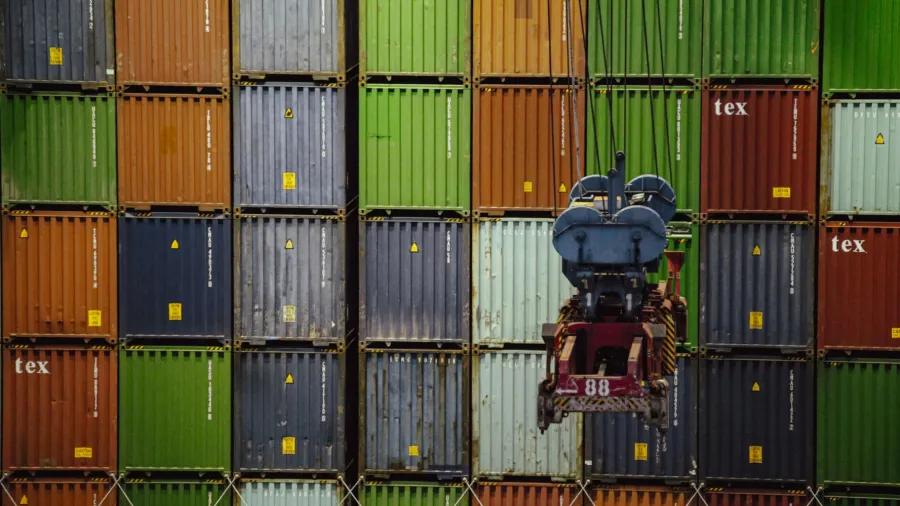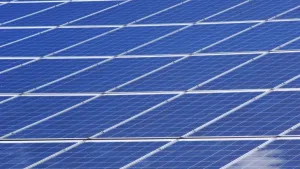
Asia's dominant supply chains face 'slow-motion shakeup' – S&P
New trade barriers and industrial policies have pushed firms to reassess their global supply chains, said S&P.
Amidst Asia’s dominant supply chains facing geopolitical friction, trade barriers, and industrial policy challenges, S&P Global Ratings said the “supposed shake-up is far less than headlines would suggest”.
"The headlines would suggest a production exodus from China as global supply chains shift. Yet China's share of global imports is higher than it was six years ago," said Louis Kuijs, Asia-Pacific chief economist at S&P Global Ratings.
The rating agency’s analysis of exports and inward foreign direct investment patterns shows that this will be a “slow-motion shakeup”.
However, this is not to deny relocation happening as new trade barriers and industrial policies have pushed firms to reassess their global supply chains, said S&P in their "Slow-Motion Shakeup? Asia's Role In Global Supply Chains Is Slow To Change" report.
In addition to moving out of China, multinationals are now more likely to install new capacity elsewhere.
Nonetheless, China's share of global exports has held up amidst the decline in the US thanks to Chinese exporters expanding their share of emerging market imports. It is also due to more “normal” exports from supply chains run by domestic firms versus “processing exports”.
With China's declining portion of imports into the US and some other major developed markets, S&P found that other Asian emerging markets and Mexico have made modest gains at the expense of Asia’s developed economies, yet these markets have generally not seen significant growth in inward foreign direct investment.
"Global supply chains will continue to evolve," said Kuijs. "But we think China's role in global exports won't diminish drastically and most other Asian EMs won't be major net winners of relocation from China."















